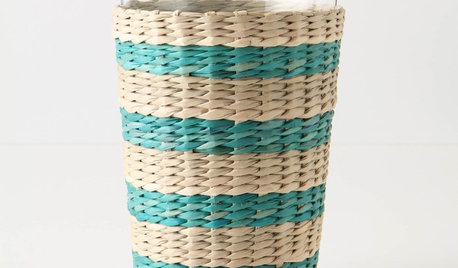Blister bugs
biologyteacher60
9 years ago
Related Stories

EXTERIORSCurb Appeal Feeling a Little Off? Some Questions to Consider
Color, scale, proportion, trim ... 14 things to think about if your exterior is bugging you
Full Story
GARDENING GUIDESHow to Switch to an Organic Landscape Plan
Ditch the chemicals for a naturally beautiful lawn and garden, using living fertilizers and other nontoxic treatments
Full Story
MOST POPULAR20 Outstanding Outdoor Living Rooms
Why give up style and comfort just because you add fresh air? Turn any porch or patio into a sumptuous room by following these leads
Full Story
HOUSEKEEPINGBaking Soda: The Amazing All-Natural Cleanser You Already Own
Battle grime, banish odors and freshen clothes with this common nontoxic cupboard staple
Full Story
CONTAINER GARDENSHappy Houseplants, Happy People
Potted plants add life and beauty to a room. Learn easy ways to keep them healthy
Full Story
ENTRYWAYSPorte Cocheres Steer Driveway Style in the Right Direction
More than a carport, these covered structures attached to a home provide protection beautifully
Full Story
GARAGESHouzz Call: How Do You Put Your Garage to Work for Your Home?
Cars, storage, crafts, relaxing ... all of the above? Upload a photo of your garage and tell us how it performs as a workhorse
Full Story
PRODUCT PICKSGuest Picks: 20 Summer Drinkware Essentials
Stay Cool All Summer with These Stylish Cocktail and Drinkware Accessories
Full Story



dbarron
hippybkc
Related Discussions
ok i have a blister on the side of my thumb from a bug
Q
Blister Bugs
Q
preventing various bugs
Q
Hornworms Again
Q
chickencoupe
slowpoke_gardener
Okiedawn OK Zone 7
mulberryknob
helenh
Okiedawn OK Zone 7
helenh
biologyteacher60Original Author
Okiedawn OK Zone 7